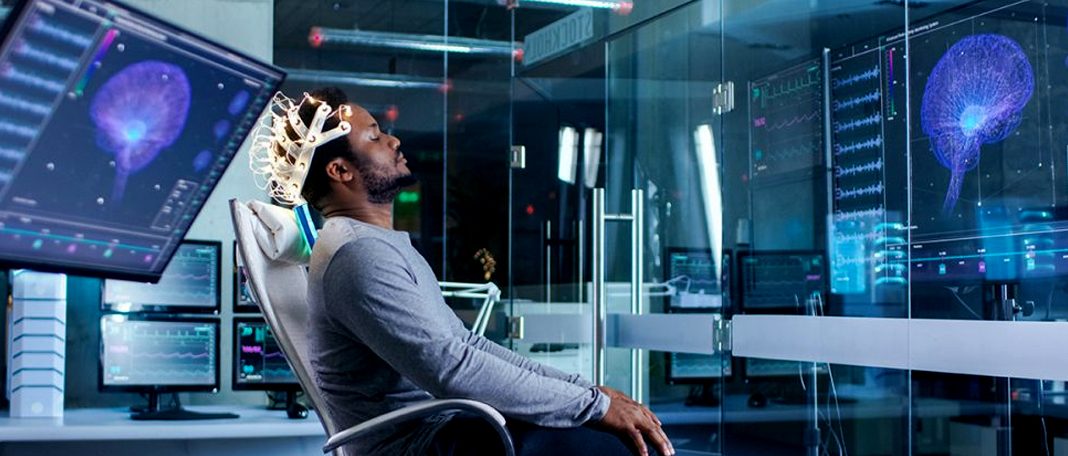Technology is slowly transforming healthcare. Many innovations are replacing traditional methods and are much more effective. Recently US researchers have developed a neuroprosthetic device that transforms the paralyzed man’s brain waves into complete sentences. This new technology can decode words and sentences directly from the brain waves in the cerebral cortex.
Paralysis
Paralysis is a group of conditions that affects any part of the body and it causes the inability of the muscles to move. There are four different types of paralysis-
Monoplegia- It affects an arm or leg
Hemiplegia- It affects one arm and one leg on the same side of the body
Paraplegia- It affects both of the legs
Quadriplegia- It affect both arms and legs
Stroke causes hemiplegia and damages one side of your brain. It can affect the entire body including cognitive and memory deficits, visual and speech issues, and emotional difficulties. A stroke makes everyday survival challenging.
Most the paralyzed people can’t speak or write so they face difficulty in communicating. The study involves a 36-year old man, his name was kept confidential to protect his privacy however the volunteer patient was asked to be called BRAVO1. He had a stroke when he was 20 years old and that led him to anarthria, a severe form of dysarthria. People with this condition can’t articulate speech. There are different ways to communicate but talking is the most effective way of communication. Every year thousands of people lose the ability to talk not only because of stroke but also accidents and diseases. Dr. Edward Chang, co-author, from the University of California says that most of us take for granted how we communicate easily through speech.
It took more than a decade to develop the “speech neuroprosthesis.” Earlier researchers in the field have focused on restoring communication through spell-based approaches i.e types letters one by one in text. Not only that, many experiments have allowed paralyzed people to move their arms with the help of robotic arms. Chang’s team developed the speech neuroprosthesis device that decodes the brain wave and controls the vocal tract. Chang says that this method was enabled to improve more rapid and organic communication.
The 36-year old man in the experiment uses a pointer that was attached to the baseball cap. This allows him to move his head to touch the words or letters on the screen. The new study is called Brain-Computer Interface Restoration of Arm and Voice. The researchers worked with BRAVO1 and surgically implanted a high-density electrode array on the surface of his brain over the area that controls the speech. The main aim of the researchers is to develop 50 words vocabulary that is essential for his daily life. After BRAVO1’s full recovery, Chang’s team performed 22 hours of neutral activity in his brain region for several months more than 48 sessions. During the sessions, BRAVO1 tried to say every 50 vocabulary words while the electrodes recorded the speech signals from his speech cortex. BRAVO1 replied to the questions such as “How are you today? or Are you thirsty?” The device helped the man to reply by translating the waves into text. The total time taken by the words to appear on the screen ranges between two to three seconds. It decodes up to 18 words per minute and also has an autocorrect function. The co-author Chang says that to our knowledge this is the first demonstration of direct decoding of full words from the brain activity of a paralyzed man.
















